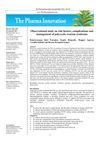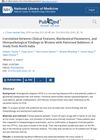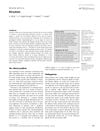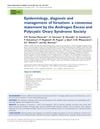Menstrual Irregularities in Adolescent Girls and Correlation with the Extent of Exposure to Plastics: A Case-Control Study
January 2020
in “
International journal of current research and review
”
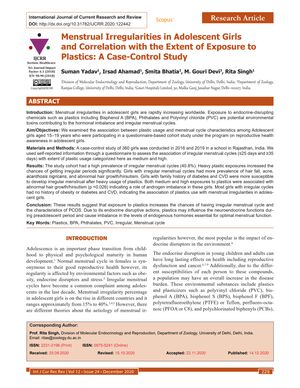
TLDR Exposure to plastics may increase the risk of irregular menstrual cycles and symptoms of hormone imbalance in teenage girls.
The study investigated the link between plastic exposure and menstrual irregularities in 360 adolescent girls aged 15–19 in Rajasthan, India. It found that 40.8% of the participants had irregular menstrual cycles, and those with heavy plastic exposure were significantly more likely to experience irregular periods. Additionally, irregular cycles were associated with symptoms like hair fall, acne, acanthosis nigricans, and abnormal hair growth/hirsutism, which are indicative of androgen imbalance. The study also noted that girls with a family history of diabetes and cardiovascular disease (CVD) were more prone to menstrual irregularities after heavy plastic use. Interestingly, most girls with irregular cycles did not have a history of obesity or diabetes and CVD, suggesting a direct association between plastic use and menstrual irregularities. The conclusion drawn was that exposure to plastics may disrupt endocrine function and increase the likelihood of irregular menstrual cycles and characteristics of polycystic ovary syndrome (PCOS), independent of obesity or family history of metabolic diseases.

